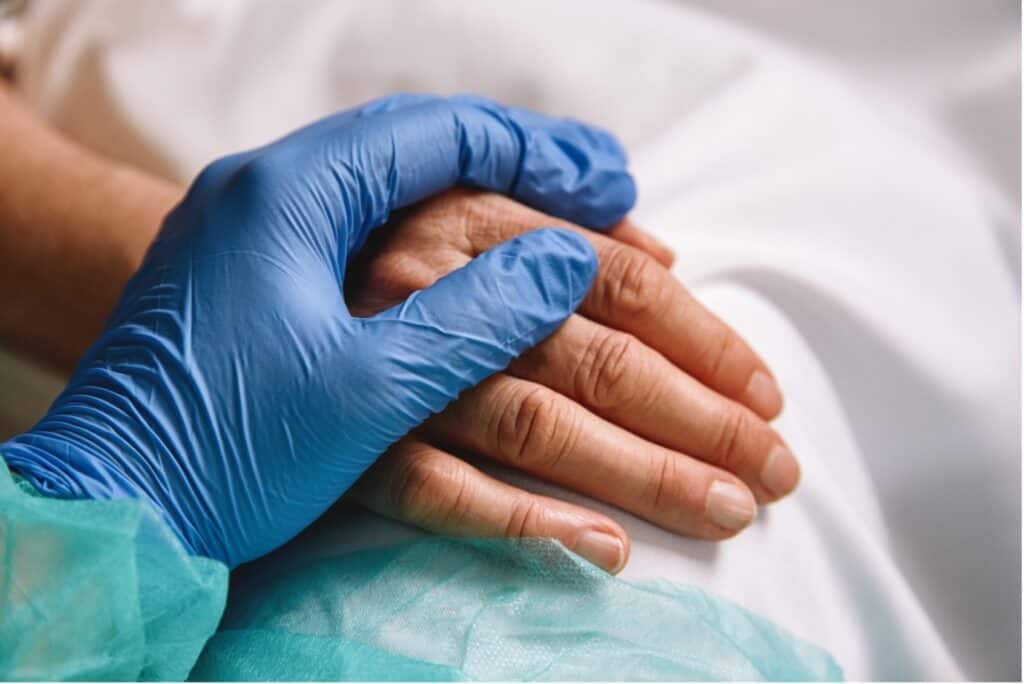Wien, 12.03.2024 – Text: Catarina Carrão
Since the establishment of the EU Medical Devices Regulation (MDR EU 2017/745), Notified Bodies (NBs) have their hands full evaluating the clinical evidence for such products as a critical step for manufacturers to renew or obtain a green door to the European Economic Area (EEA) market.
Clinical evaluation: where are we now in terms of guidance?
So far, the 2016 MEDDEV 2.7/1 guidance regarding clinical evaluation of medical devices has still not been updated according to the new MDR requirements, although revises are expected over two stages until the end of this year (2024). The objective is to align the guidance with the new MDR requirements such as clarifying terminology used but not specifically defined in the regulation so far (e.g., indirect clinical benefit); and also, elucidating the clinical evaluation process in itself, including the evaluation of next-generation Artificial Intelligence devices (AI).
CORE-MD: the clinical evaluation update feeder
With this in mind, the Coordinating Research and Evidence for Medical Device (CORE-MD) consortium launched in 2021 and funded by the EU until the end of this year, has a mandate to assess the methodologies needed for the clinical evaluation of high-risk medical devices. The objective is to move pass the current limitations and establish best practices in terms of pre- and post-market evidence collection to ensure patient safety and clinical effectiveness of medical products. The conclusions from such CORE-MD studies will be directly fed into the MEDDEV 2.7/1 expected guidance 2024 update.
Orphan devices: where do we stand in terms of the clinical evidence needed?
The clinical evaluation of orphan devices for rare diseases or pediatrics continues to be a concern due to the increased MDR regulatory burden in terms of clinical evidence. Fears of device removal from the EU market, led the European Commission (EC) and the Medical Device Coordinating Group (MDCG) to gather a task force in order to delineate the best way to manage the limited availability of clinical data and reduced opportunities for post market data collection given the low usage of such particular devices. The outcome of such efforts should come out soon.
Medical device equivalence: to claim or not to claim?
Under the MDR, in order to claim equivalence for a Class III and implantable device there should be a valid contract for ongoing access to the equivalence manufacturer’s technical documentation. Since this has cause a stir for legacy and Well Establised Technology products (WET) that had previously claimed equivalence under the directives, a new MDCG guidance document (MDCG 2023-7) has now been published giving hope to manufacturers of such products. As such, under the new guidance, in order to claim equivalence the only time a contract is needed is if the device is implantable or Class III and isn’t a legacy device, a WET device, or a design modification of a own device.
When will the new standard for clinical evaluationISO/AWI 18969 be ready?
The new International Organization for Standardization ISO/AWI 18969 is envisioned to be completed in 2024 and aims to provide a horizontal standard to the clinical evaluation approach. The objective is to explain the scientific steps required to conduct a robust clinical evaluation of a medical device, and it is not expected to introduce any new additional requirements. Whether this new ISO will be used as a vertical standard to specific device groups is still unknown at the moment.
Expert panels: what do to they say?
The MDR introduced the clinical evaluation consultation procedure (CECP) and the requirement for expert panels to support and/or advise Notified Bodies (NBs) in their scientific assessment, particularly in the case of high-risk medical devices. So far, 10 scientific opinions have been issued and are publicly available for consultation.
Noticeably, CECP expert panels opinions disagreed with 9 of the 10 NB assessments, with primary issues revolving around the clinical evidence, evaluation methodology, and lacking or absent post-market clinical follow-up (PMCF). In most cases, the expert panels disagreed that there was enough quantitative and qualitative clinical data to appraise the device in question, noting that there were limitations in patient numbers, study designs, transparency and level of evidence provided. Furthermore, the expert panels identified shortcomings in the clinical evaluation methodology previously approved by NBs: literature search methods were considered unsystematic with inadequate search periods and terms, inclusion and exclusion criteria were often inconclusive excluding relevant scientific publications, and state-of-the-art (SOTA) did not reflect the medical device current status.
Real-world data (RWD) and real-world evidence (RWE) for post-market surveillance: how to use it?
For post-market clinical follow-up (PMCF), RWD and RWE start to gain prominence as clinical source; although, as we have seen previously there are challenges raised by CECPs in terms of methodological soundness, data suitability assessment, and adherence to GDPR regulations. Furthermore, manufacturers planning to conduct specific PMCF activities such as clinical investigations or high-level surveys outside of the EU, must consider the transferability of the clinical data to the European population; and, when conducting such clinical investigations, sample size calculations that factor in different patient subpopulations and different indications for the specific medical device are also essential.
Conclusions
In the current phase of implementing the new regulations there is a need to understand all party’s interpretation of the topics related to clinical evidence and the clinical evaluation process: NBs, regulating agencies and manufacturers. This is a boat that needs to be pulled together so that we all feel safe when the time comes that one of us or one of our family member’s needs one of such devices.

Image: Stock Photo
Further Reading:
All references assessed 12 March 2024.
1. Fink M, et al. Clinical evidence under the EU MDR: A notified body perspective. RF Quarterly. 2023;3(4):24-31. Published online 8 December 2023. https://www.raps.org/News-and-Articles/News-Articles/2023/12/Clinical-evidence-under-the-EU-MDR-A-notified-body?feed=Regulatory-Focus
2. MDCG 2023-7 Guidance: https://health.ec.europa.eu/system/files/2023-12/mdcg_2023-7_en.pdf

